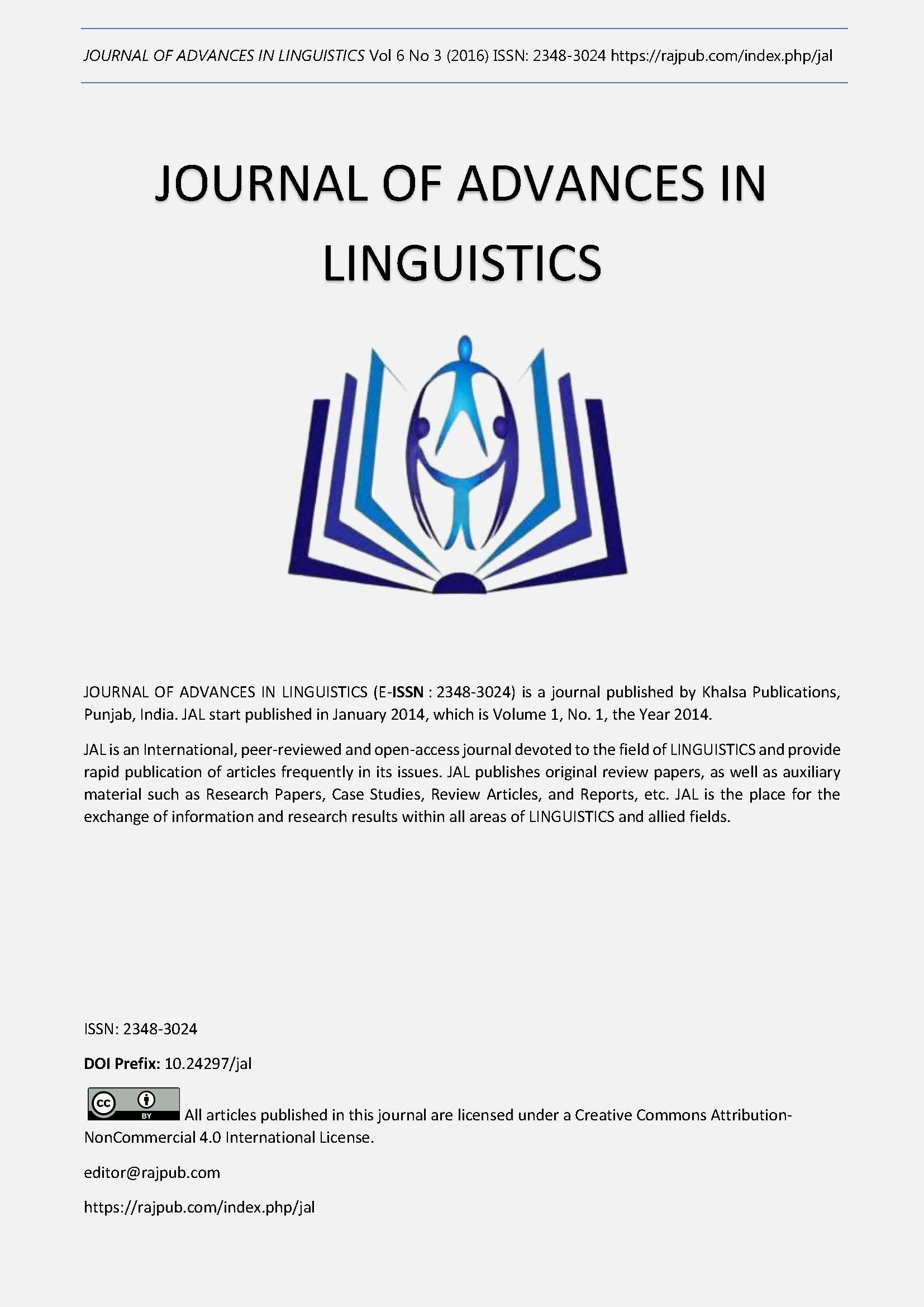English Past Tense Morphology in Adult Arab EFL learners: Mental Representation Mechanism and Types of Errors
DOI:
https://doi.org/10.24297/jal.v6i3.4666Keywords:
Second language acquisition, English past tense morphology, adult Arab EFL learners, single system theory, dual system theoryAbstract
English past tense morphology is one of the most difficult but yet one of the most important areas in the acquisition of English language by L2 Learners. The objectives of this study were to: (a) determine the acquisition sequence of English regular and irregular past tense forms in adult Arab EFL learners; (b) identify whether English past tense forms are represented by a single mechanism or a dual mechanism, and (c) investigate types of errors that L2 learners produce in their acquisition of English past tense morphology. In total, 77 adult Arab EFL learners participated in an oral production task. The use of the verbal inflectional morphemes in obligatory contexts in each learners production is examined. The results show that L2 learners acquire the past tense morphology of the regular verbs before they acquire the past tense morphology of the irregular verbs and that there is frequency effect for the irregular verbs, but not for the regular verbs. This indicates that the dual system theory accounts for the mental representations of English past tense forms for the L2 learners in this study. The most frequent error types produced by the Learners are omission, overregularization and overgeneration of be forms.
Downloads
Downloads
Published
How to Cite
Issue
Section
License
 All articles published in Journal of Advances in Linguistics are licensed under a Creative Commons Attribution 4.0 International License.
All articles published in Journal of Advances in Linguistics are licensed under a Creative Commons Attribution 4.0 International License.




